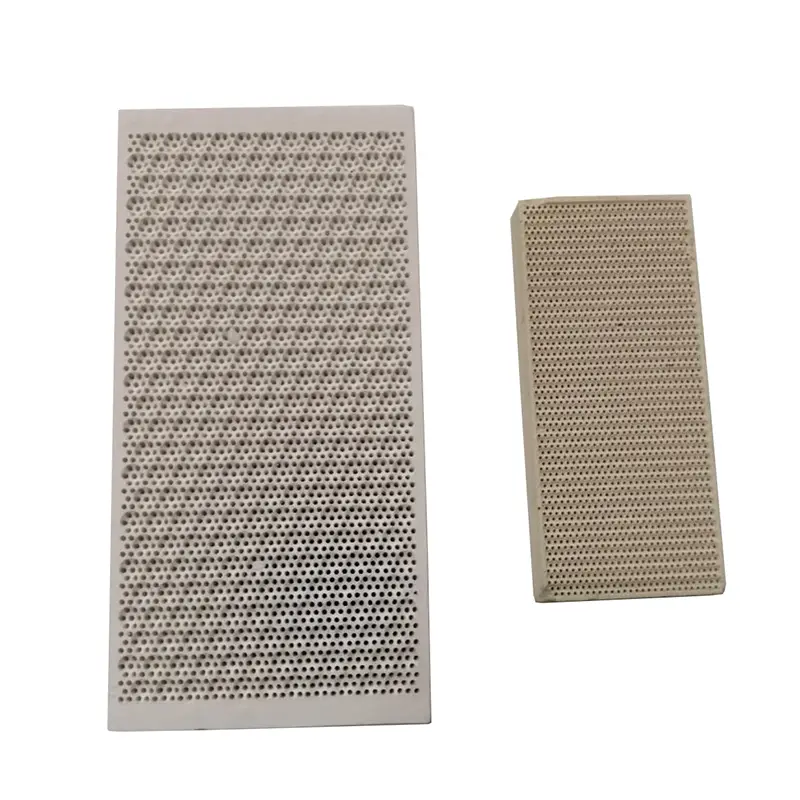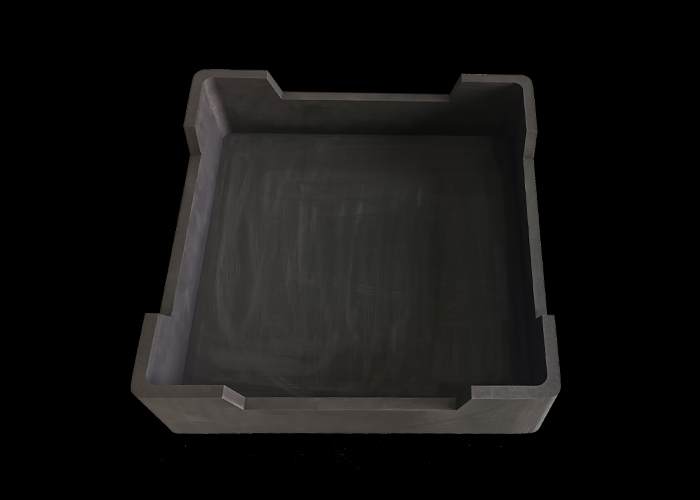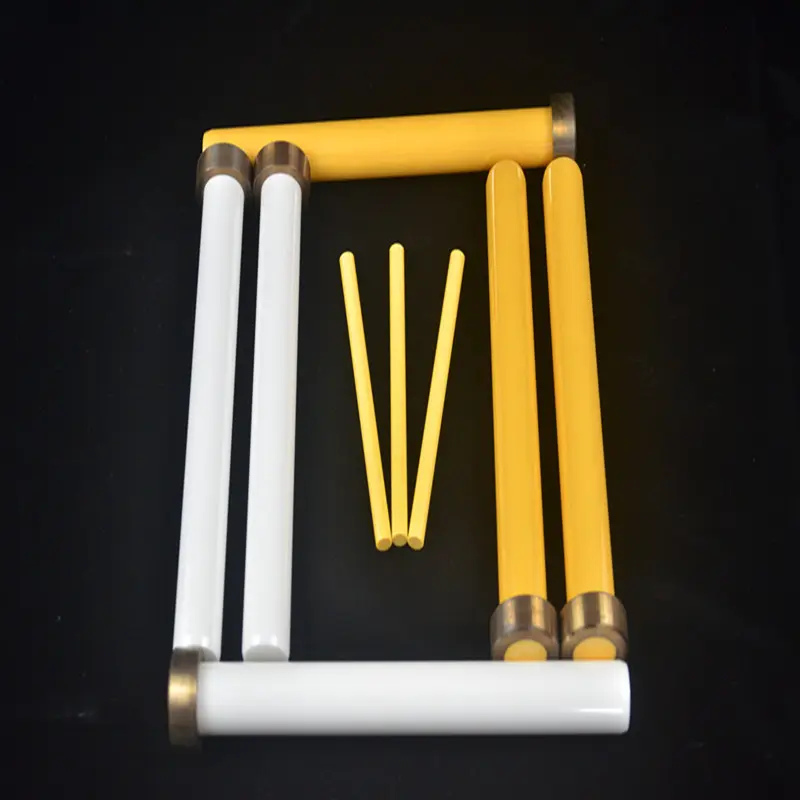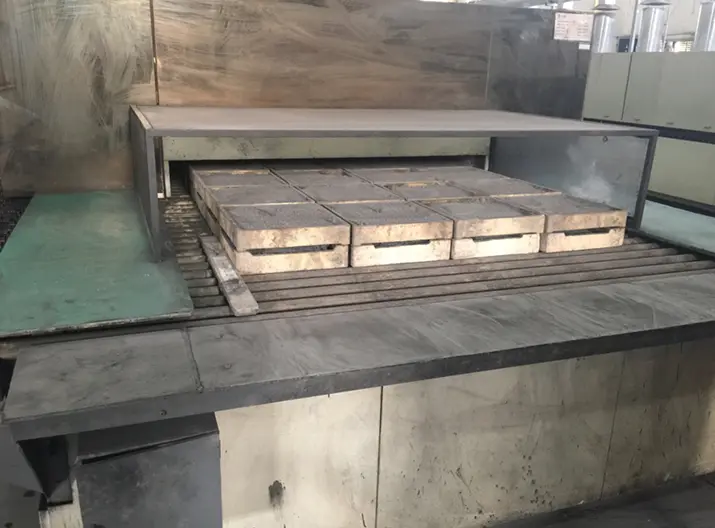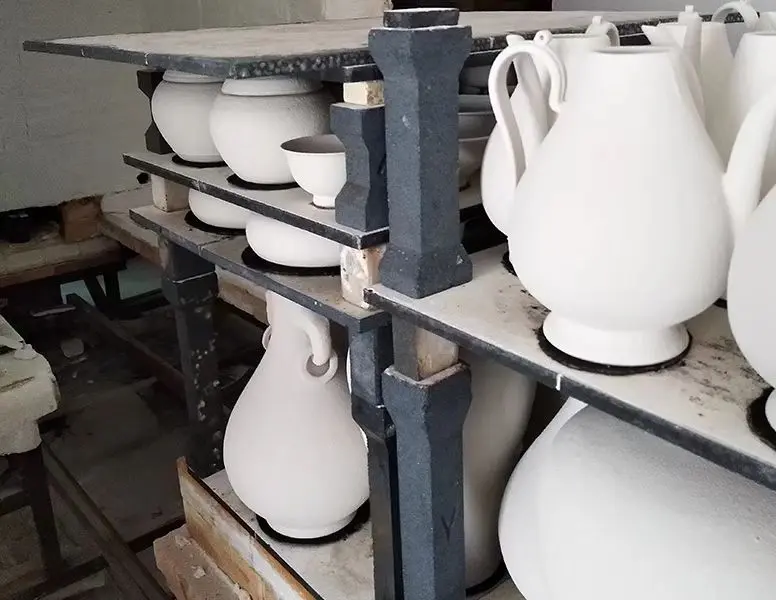The Application of Silicon Carbide Flame Spray Nozzle in Industrial Furnaces
Flame spray nozzles are designed to atomize and direct fuel and air mixtures into a combustion chamber, facilitating efficient combustion. The use of silicon carbide in these nozzles enhances their durability and performance, allowing them to withstand the harsh conditions typically found in industrial furnaces.
Advantages of Silicon Carbide Flame Spray Nozzles
-
High Temperature Resistance: Silicon carbide can endure extreme temperatures, making it suitable for use in industrial furnaces that often operate at elevated heat levels. This resistance ensures that the nozzles maintain their structural integrity and performance over time.
-
Corrosion and Wear Resistance: The abrasive nature of materials processed in industrial furnaces can lead to significant wear on conventional nozzles. Silicon carbide’s hardness provides superior resistance to wear, extending the lifespan of the nozzles and reducing maintenance costs.
-
Improved Combustion Efficiency: The design of silicon carbide flame spray nozzles allows for better atomization of fuel, leading to more efficient combustion. This efficiency not only enhances the performance of the furnace but also contributes to reduced fuel consumption and lower emissions.
-
Versatility: Silicon carbide flame spray nozzles can be used in various industrial applications, including metal processing, ceramics, and glass manufacturing. Their adaptability makes them a valuable asset in diverse manufacturing environments.
Applications in Industrial Furnaces
The application of silicon carbide flame spray nozzles in industrial furnaces is multifaceted. Here are some key areas where these nozzles play a crucial role:
-
Metal Melting and Casting: In metal foundries, silicon carbide flame spray nozzles are used to melt metals efficiently. The high-temperature resistance of SiC allows for effective melting of ferrous and non-ferrous metals, ensuring a consistent and high-quality output.
-
Ceramic Production: The ceramic industry relies heavily on high-temperature furnaces for the production of various ceramic products. Silicon carbide nozzles facilitate the combustion process, ensuring that the required temperatures are achieved for optimal firing and sintering of ceramics.
-
Glass Manufacturing: The glass industry requires precise temperature control and efficient combustion to produce high-quality glass products. Silicon carbide flame spray nozzles contribute to achieving the necessary thermal conditions while minimizing energy consumption.
-
Waste Incineration: In waste-to-energy plants, silicon carbide flame spray nozzles are employed to incinerate waste materials efficiently. The durability and efficiency of these nozzles help in managing the combustion process, reducing emissions, and maximizing energy recovery.
Operational Mechanism
The operational mechanism of silicon carbide flame spray nozzles involves several key processes. Initially, the nozzle atomizes the fuel and air mixture, creating a fine spray that enhances combustion efficiency. The nozzle’s design allows for optimal mixing of the fuel and air, ensuring a complete and efficient combustion process.
As the mixture enters the combustion chamber, the high temperatures facilitate the ignition of the fuel, resulting in a controlled flame that provides the necessary heat for the industrial furnace. The durability of silicon carbide ensures that the nozzle can withstand the intense heat and abrasive conditions without degradation.
Future Prospects
The future of silicon carbide flame spray nozzles in industrial furnaces looks promising. As industries continue to seek ways to improve efficiency and reduce environmental impact, the demand for advanced materials like silicon carbide is expected to grow. Innovations in nozzle design and manufacturing processes will likely enhance the performance and applicability of these nozzles in various industrial settings.
Moreover, with the increasing focus on sustainability, the role of silicon carbide flame spray nozzles in reducing emissions and improving energy efficiency will be crucial. As industries adopt cleaner technologies and practices, the integration of silicon carbide nozzles will play a significant role in achieving these goals.
Conclusion
Silicon carbide flame spray nozzles represent a significant advancement in the field of industrial furnace technology. Their unique properties, including high-temperature resistance, wear and corrosion resistance, and improved combustion efficiency, make them indispensable in various applications. As industries continue to evolve, the role of silicon carbide nozzles will undoubtedly expand, contributing to more efficient, sustainable, and cost-effective manufacturing processes. The future of industrial furnaces is bright, and silicon carbide flame spray nozzles will be at the forefront of this transformation.


